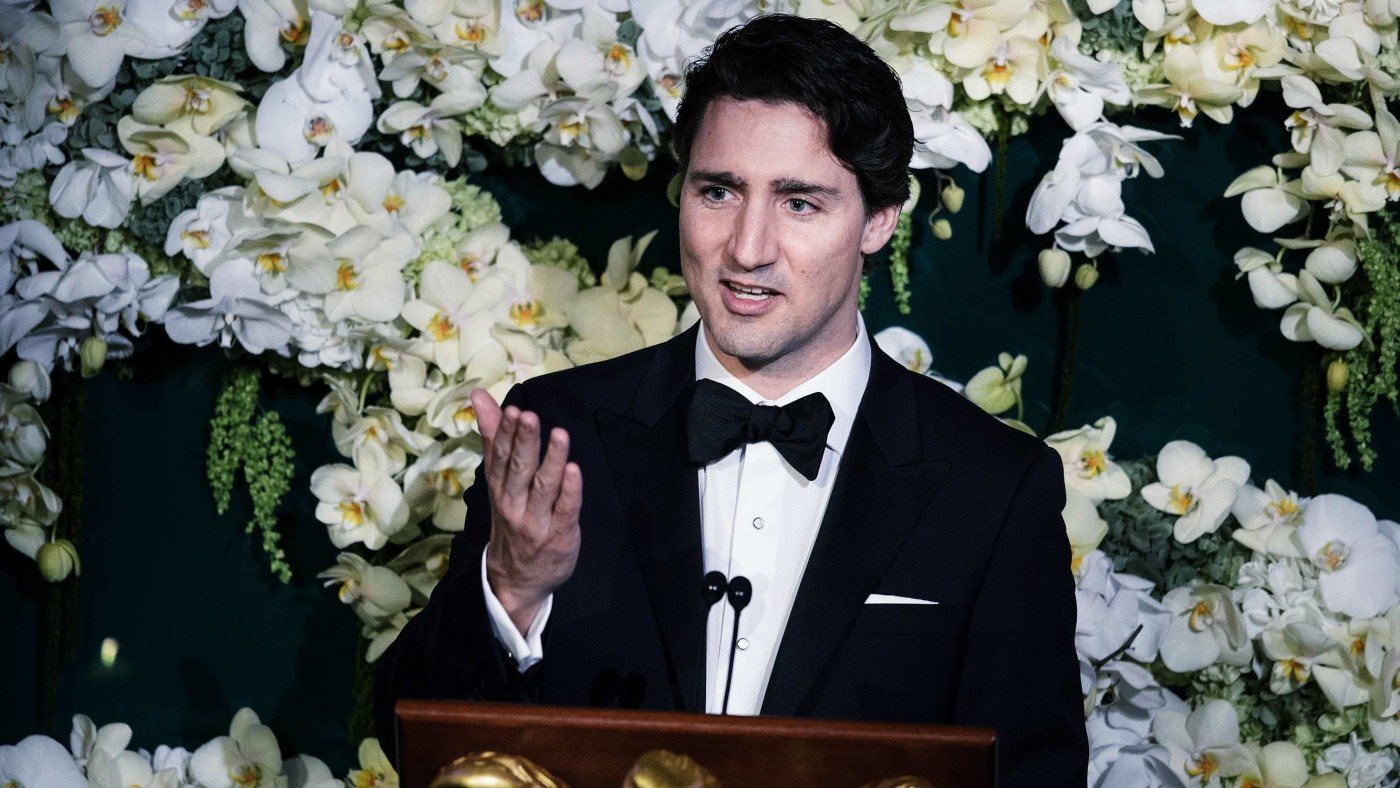The recent budget controversy in the United Kingdom has placed a sharp focus on the ongoing debate about austerity and spending. It’s no surprise that the government’s opponents have criticized George Osborne’s efforts to eliminate the budgetary deficit. It’s more surprising that criticism has also come from within the Cabinet.
There’s no such internal dissent here in Canada. As evidenced by this week’s federal budget, the new government, led by Prime Minister Justin Trudeau, is fully committed to growing the size of government irrespective of what it means for the country’s fiscal position. Canada has adopted the anti-Osborne agenda.
The Cameron government was elected in 2010 with a mandate to get the UK’s public finances under control after several years of fiscal profligacy. Not every choice the government has made has been perfect and, of course, there’s still more work to do, but Mr. Osborne has taken significant strides to restore the country’s fiscal credibility. A two-thirds reduction in the deficit-to-GDP ratio is a sign that progress is being made.
And, most importantly, the doomsday scenarios about the economic consequences from fiscal consolidation have not materialized. Quite the opposite. The United Kingdom is now the fastest growing developed economy. The International Monetary Fund has conceded that its warnings about austerity were false.
Yet Canada’s new government has headed in a different direction. It won election last fall on a pledge to return the country to deficit spending in the name of “investment” and “growth”. In particular, the Liberal Party’s election manifesto promised annual deficits of $10 billion for three years so the government could invest in public infrastructure to “kickstart” the economy (which is set to grow this year by 1.4%), and then a return to budgetary surpluses in 2019. Some bemoaned the return to deficit but the minimal size and short timetable was broadly accepted by economists and supported by the public.
That was then. This week’s budget confirmed that annual deficits will actually be three times larger than promised and a return to a balanced budget has been postponed to an indeterminate date.
It’s the first federal budget since the 1990s that envisions deficit spending over the full horizon with no prospect of returning to a balanced budget. The result is an additional $120 billion to the national debt and counting.
And while projections for program expenses anticipate a slower pace of growth by the third year (7.6% in 2016-17 to 1.3% in 2018-19), there’s little reason to believe that the government will suddenly turn Osborne-like – especially since a raft of major spending commitments remain unfulfilled. The risk therefore is that Ottawa returns to an era of protracted deficit spending.
We’ve been down this road before in Canada and it didn’t end well. Nearly 30 years of deficit spending caused a fiscal crisis that was only avoided by ambitious and far-reaching fiscal reforms in the mid-1990s, which produced a decade-long period of economic growth and job creation. It also produced a broad political consensus in favour of fiscal discipline.
The new government has opted to break from this consensus – just as it’s ignored the recent experience in the UK. By planning to spend its way to economic growth – a plan that the government characterizes as a “new approach” – Canada’s government is returning to the failed fiscal policies of the past.
This week’s budget may not have generated the same discord as the recent UK budget but it’s just as significant. The new government is fully committed to anti-Osborne fiscal policy. Deficit spending may not seem like a problem today. But history – and the UK experience – provide a salutary lesson of where this policy ultimately leads.


